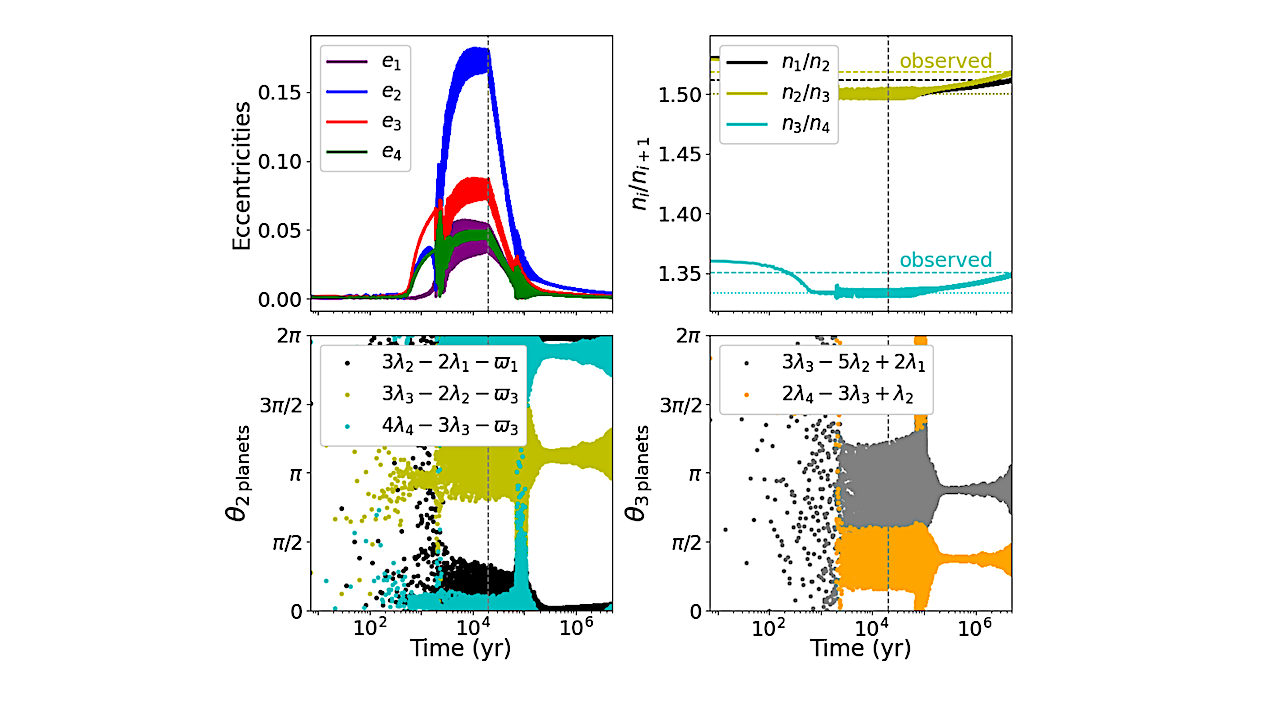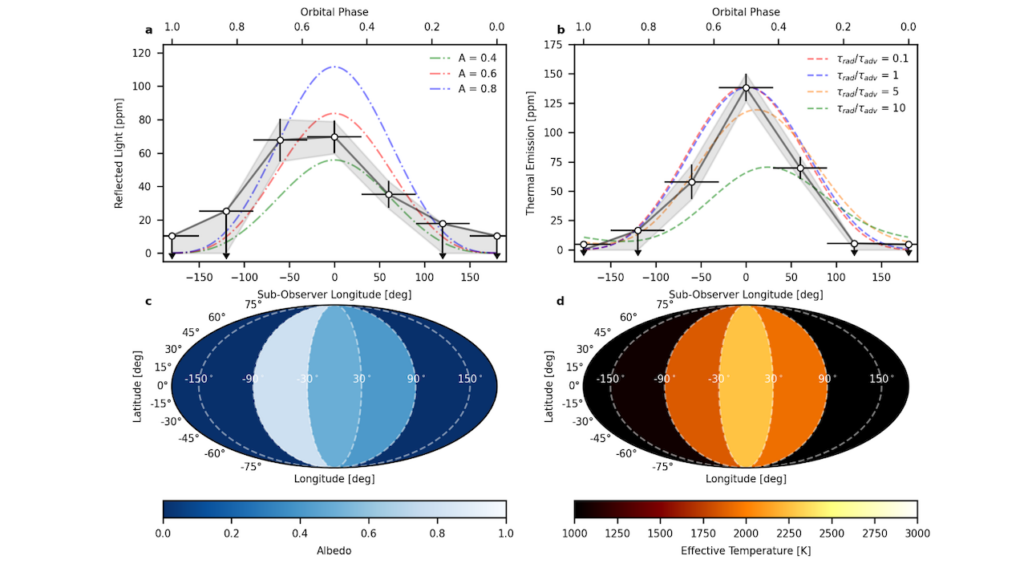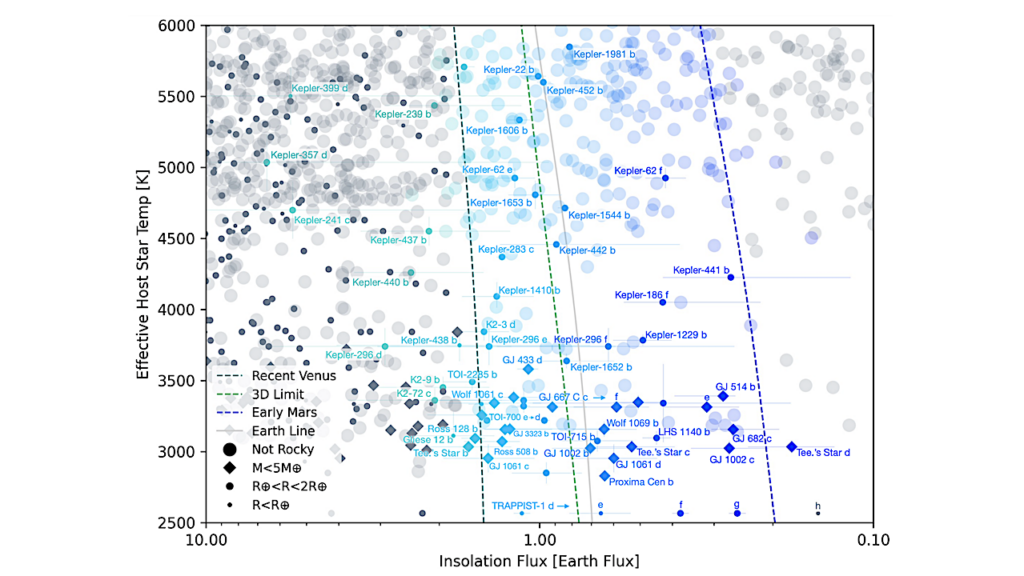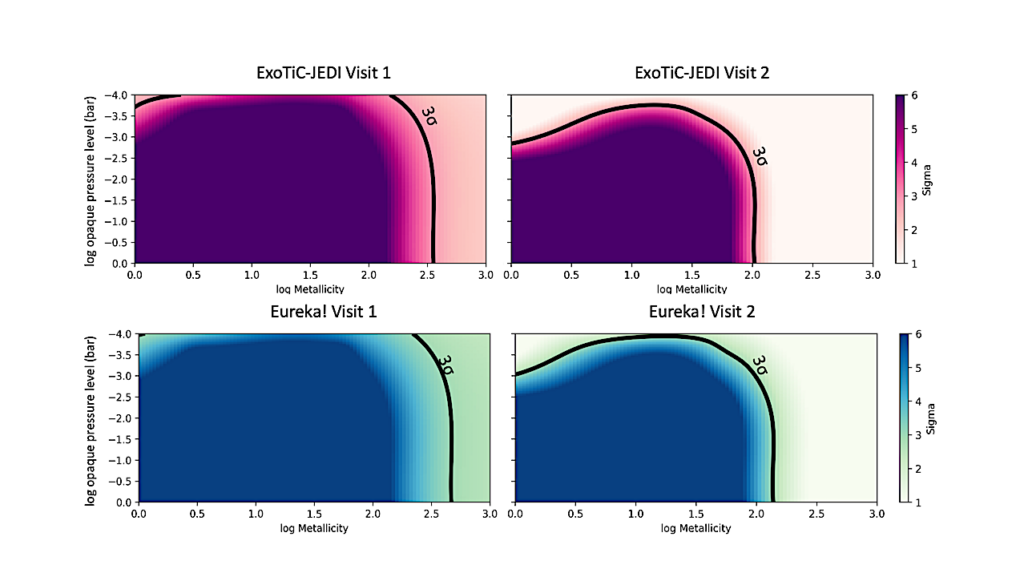Tidal Interactions Shape Period Ratios In Planetary Systems With Three-body Resonant Chains

These last years several Systems with Tightly packed Inner Planets in the super-Earth mass regime have been discovered harboring chains of resonances. It is generally believed that planet pairs get trapped in MMR during the migration phase in the protoplanetary disk, while the tides raised by the host star provide a source of dissipation on very long timescales.
In this work, we aim to study the departure from exact commensurabilities observed among the STIPs which harbor 3-planet resonances and analyze how tides play an important role in shaping the resonance offsets for the STIPs. We analyzed the resonance offsets between adjacent pairs for five multi-planetary systems, namely Kepler-80, Kepler-223, K2-138, TOI-178, and TRAPPIST-1, highlighting the existence of different trends in the offsets. On the one hand, we derived analytical estimates for the offsets, which confirm that the departure of the planetary pairs from the nominal MMRs are due to the 3-planet resonant dynamics.
On the other hand, we performed N-body simulations including both orbital migration and tidal dissipation from the host star with simple prescriptions in order to test the effectiveness of this mechanism at shaping the observed trend in the offsets, focusing our study on the preservation of the resonant patterns in the different systems with the same general setup. We found that the trends in the offsets of the five detected systems can be produced by tidal damping effects, regardless of the considered value for the tidal factor.
It is a robust mechanism that relaxes the system towards equilibrium while efficiently moving it along 3-planet resonances, which induces the observed resonance offset for each planet pair. In addition, we showed that for Kepler-80, K2-138, and TOI-178, the amplitudes of the resonant offsets can also be reproduced with appropriate tidal factor, for the estimated age of the systems.
Carolina Charalambous, Jean Teyssandier, Anne-Sophie Libert
Comments: Accepted for publication in A&A
Subjects: Earth and Planetary Astrophysics (astro-ph.EP); Solar and Stellar Astrophysics (astro-ph.SR); Chaotic Dynamics (nlin.CD)
Cite as: arXiv:2308.07839 [astro-ph.EP] (or arXiv:2308.07839v1 [astro-ph.EP] for this version)
Submission history
From: Carolina Charalambous Dr.
[v1] Tue, 15 Aug 2023 15:31:32 UTC (4,134 KB)
https://arxiv.org/abs/2308.07839
Astrobiology








